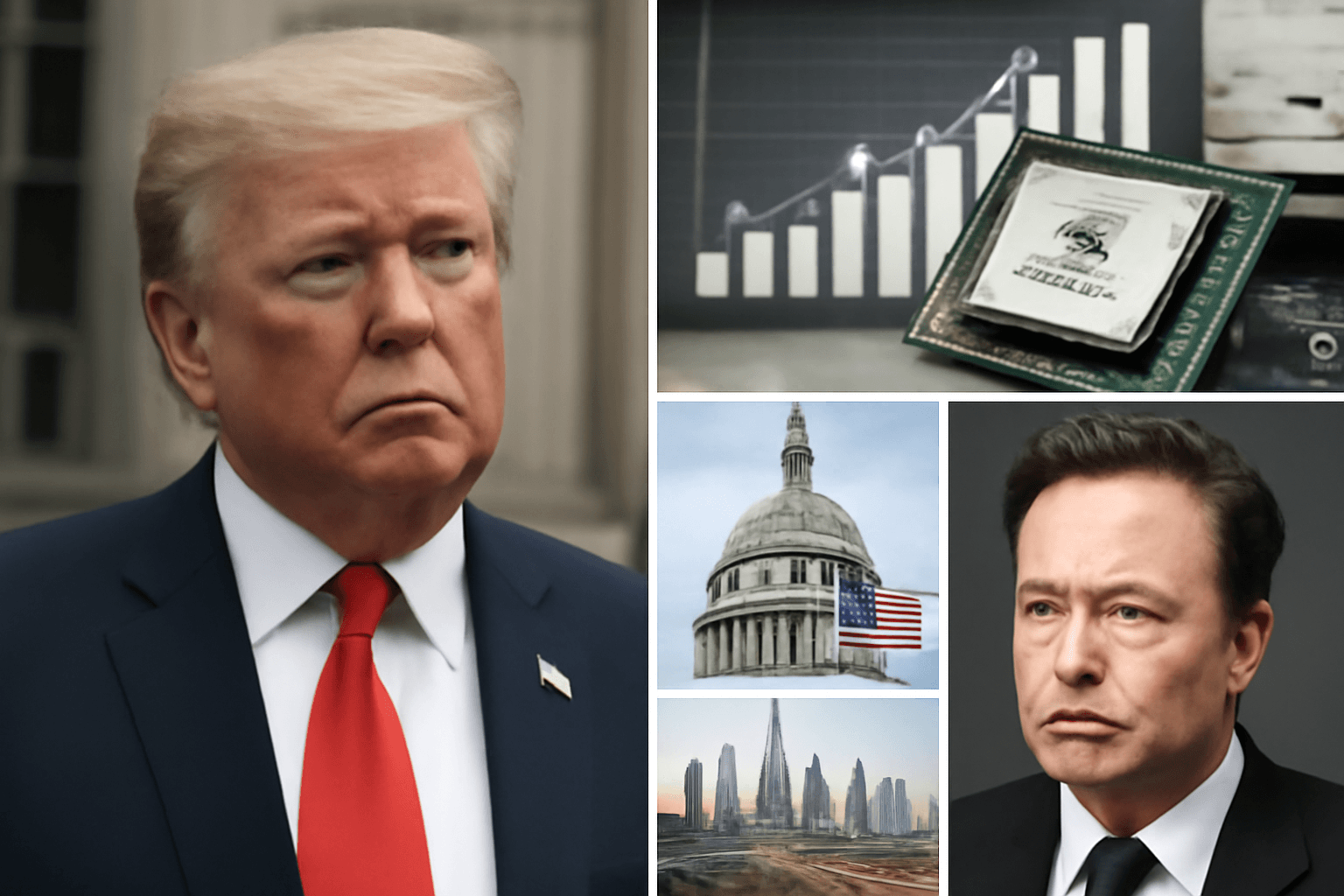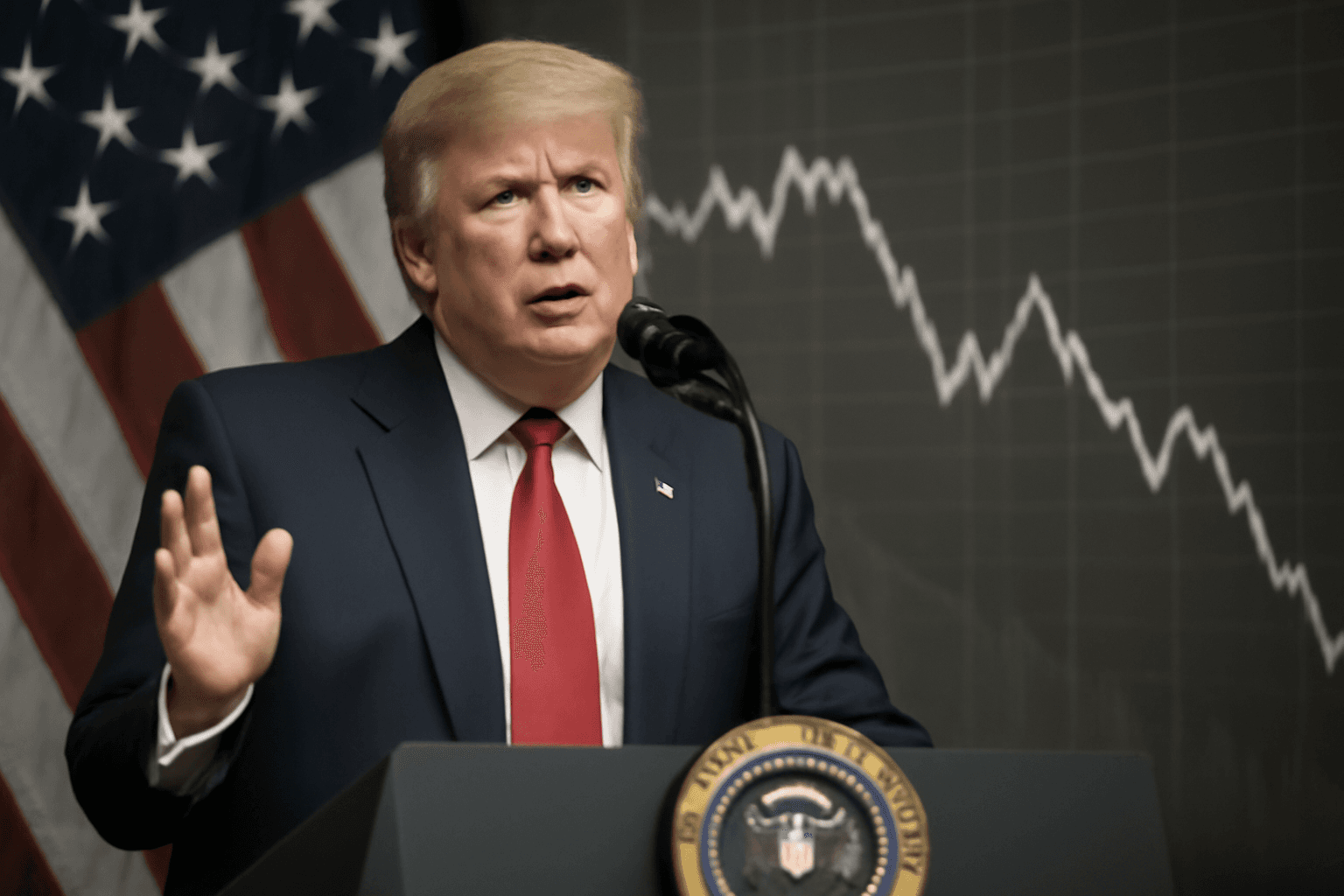Sweden’s Economy Struggles Under U.S. Tariff Pressures
Sweden's economy and households are already experiencing the negative effects of U.S. President Donald Trump's trade tariffs, despite only a fraction of these levies having taken full effect. The Scandinavian nation’s finance minister highlighted growing concerns over economic stability and market volatility triggered by escalating tariff uncertainties.
Impact on Swedish Financial Markets and Growth Outlook
Sweden’s central bank has noted significant market fluctuations linked to sudden shifts in U.S. trade and security policies, contributing to increased economic uncertainty. This turbulence has consequently influenced Sweden’s economic growth projections, with official forecasts for 2025 and 2026 recently downgraded due to continuing tariff concerns.
Key Highlights:
- Swedish economy contracted by 0.2% in the first quarter of 2025.
- Uncertainty around tariff imposition is causing companies to delay investments.
- Finance ministry has lowered growth forecasts citing tariff uncertainty.
Household Savings and Market Volatility
Sweden boasts a high rate of household savings with over 80% of its 10.5 million population investing in funds and the stock market, making market fluctuations particularly impactful on private finances. Swedish citizens commonly invest in a variety of funds, including pension, sustainable, and technology-oriented options.
Financial assets held by Swedish households in bank accounts, stocks, and investment funds reached approximately 268 billion Swedish kronor ($27.8 billion) in 2024, with 138 billion kronor ($14.3 billion) specifically in investment funds. Despite a traditionally long-term investment outlook, recent market turbulence has driven investors to shift away from U.S. funds toward European and domestic alternatives.
Decreased Household Confidence and Economic Sentiment
The uncertainty surrounding U.S. trade policies has markedly affected household confidence in Sweden. Economists observe that overall consumer sentiment has declined sharply in response, corresponding with weaker GDP figures and raising concerns about reduced consumption levels going forward.
Implications:
- Lower household confidence may lead to decreased consumer spending.
- Economic growth is anticipated to remain subdued in the near term.
- Tariff unpredictability exacerbates investment hesitancy among businesses.
Sweden’s Export-Dependent Economy Meets Trade Barriers
Given that exports account for roughly 55% of Sweden’s GDP, the country remains highly vulnerable to tariffs imposed on the European Union by the United States. Sweden mainly exports automobiles, machinery, pharmaceuticals, paper products, and iron and steel to the U.S., its third-largest export market. The recent announcement of reciprocal tariffs—initially at 20%, subsequently lowered to 10%, with proposals to increase to 50%—has intensified economic uncertainty.
Ongoing negotiations between the European Union and the U.S. aim to resolve the trade disputes, but with deadlines looming, Swedish companies often postpone investments while awaiting clarity on tariff levels.
Conclusion
Sweden’s economy, households, and export sectors are grappling with the ripple effects of U.S. trade tariffs and the unpredictability of American trade policies. Market volatility, shrinking consumer confidence, and deferred business investments pose significant challenges for Sweden’s economic outlook in the near future.



















